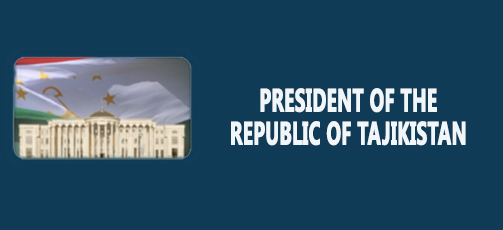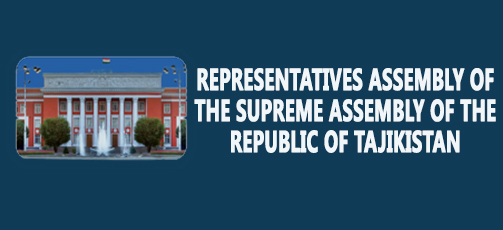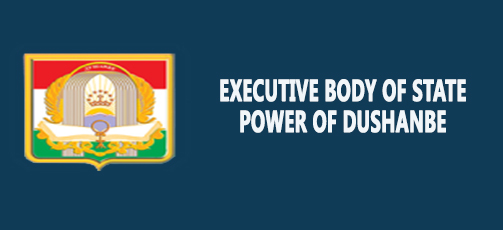ADB Forecasts Economic Growth in Tajikistan
Read also
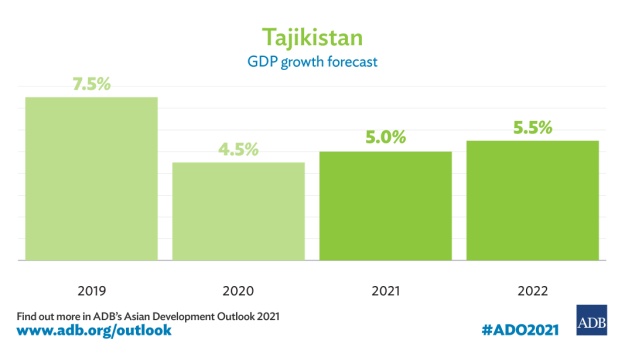
DUSHANBE, 28.04.2021 (NIAT Khovar) – Tajikistan’s economy is expected to recover in 2021 and 2022 as the COVID-19 pandemic restrictions ease in the country’s main trading partners leading to the recovery in remittances, foreign direct investment, and overseas demand, says the latest Asian Development Bank (ADB) report.
In the Asian Development Outlook (ADO) 2021, which is ADB’s flagship annual economic publication, ADB forecasts Tajikistan’s gross domestic product growth to rebound to 5.0% in 2021 and to 5.5% in 2022, up from the 4.5% growth reported in 2020.
“While we are cautiously optimistic on growth, much will depend on the speed of the vaccination program and the full restoration of regular flights with Tajikistan’s main trading partners. Improving performance in state-owned enterprises will also help to enhance Tajikistan’s fiscal sustainability,” said ADB Country Director for Tajikistan Shanny Campbell.
Inflation, which reached 9.4% last year, is projected to fall slightly to 9.0% in 2021 with more stable global food prices despite greater exchange rate flexibility, currency pressures from ruble depreciation, possibly faster monetary expansion with the celebration of 30 years of Tajikistan’s independence, along with expected increases in pensions and stipends, and higher electricity tariffs.
In 2022, inflation is projected to be 8.0% as domestic demand tapers, but this could go higher if currency depreciation accelerates or domestic financing needs exceed expectations.
The report highlights the need to improve the performance of state enterprises which play an important role in public services, job creation, and socioeconomic development. Tajikistan has more than 1,000 such companies but most have incurred losses for decades, posing serious loan default and insolvency risks. In 2020, 12 of Tajikistan’s 27 largest state enterprises incurred combined losses equal to 8.2% of GDP.
While the government has made progress in strengthening oversight, transparency, and operational efficiency, more reforms are needed, says the report.










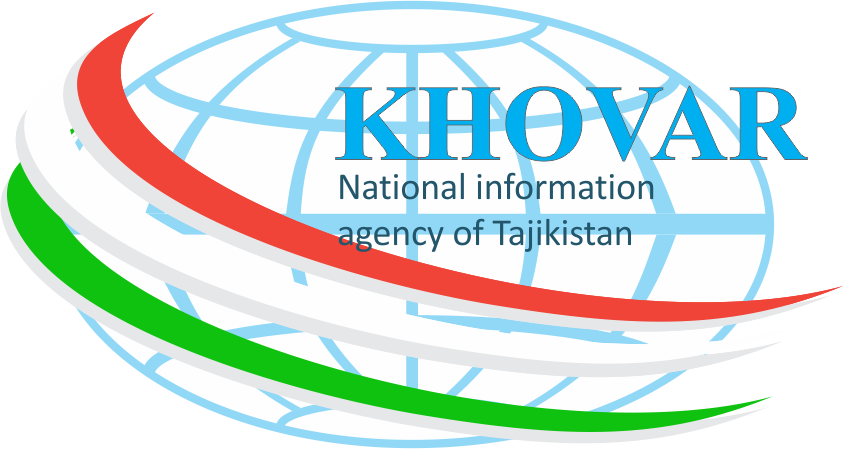
 Tajikistan, EBRD sign loan and grant agreements for energy loss reduction project
Tajikistan, EBRD sign loan and grant agreements for energy loss reduction project Tajikistan to Welcome Global Investors at “Dushanbe Invest-2025” Forum
Tajikistan to Welcome Global Investors at “Dushanbe Invest-2025” Forum Tajikistan’s Transport Minister Highlights Importance of Joint Projects in Seoul
Tajikistan’s Transport Minister Highlights Importance of Joint Projects in Seoul Tajik–Swiss Business Forum Held in Dushanbe
Tajik–Swiss Business Forum Held in Dushanbe Direct Air Connectivity Established Between Xi’an and Dushanbe
Direct Air Connectivity Established Between Xi’an and Dushanbe Tajik Delegation Participates in 69th IAEA General Conference
Tajik Delegation Participates in 69th IAEA General Conference Swiss Cooperation Office Ready to Develop New Initiatives in Tajikistan
Swiss Cooperation Office Ready to Develop New Initiatives in Tajikistan Tajikistan attracts USD213 million from international financial organizations
Tajikistan attracts USD213 million from international financial organizations Tajikistan Chamber of Commerce and Industry Opens Representative Office in Beijing
Tajikistan Chamber of Commerce and Industry Opens Representative Office in Beijing International Artificial Intelligence Conference to Be Held in Dushanbe in October
International Artificial Intelligence Conference to Be Held in Dushanbe in October Tajikistan’s Foreign Trade Turnover Exceeds $4.7 Billion in First Half of 2025
Tajikistan’s Foreign Trade Turnover Exceeds $4.7 Billion in First Half of 2025 Chinese Investors Familiarize Themselves with Activities of Kulob Free Economic Zone
Chinese Investors Familiarize Themselves with Activities of Kulob Free Economic Zone









